
Sources of Transport In Pakistan
Transport is the movement of people, animals and goods from one location to another. Modes of transport include air, rail, road, water, cable, pipeline and space. The field can be divided into infrastructure, vehicles and operations. Transport is important because it enables trade between people, which is essential for the development of civilizations.
Transport infrastructure consists of the fixed installations including roads, railways, airways, waterways, canals and pipelines and terminals such as airports, railway stations, bus stations, warehouses, trucking terminals, refueling depots (including fueling docks and fuel stations) and seaports. Terminals may be used both for interchange of passengers and cargo and for maintenance.
Vehicles traveling on these networks may include automobiles, bicycles, buses, trains, trucks, people, helicopters and aircraft. Operations deal with the way the vehicles are operated, and the procedures set for this purpose including financing, legalities and policies. In the transport industry, operations and ownership of infrastructure can be either public or private, depending on the country and mode
Passenger transport may be public, where operators provide scheduled services, or private. Freight transport has become focused on containerization, although bulk transport is used for large volumes of durable items. Transport plays an important part in economic growth and globalization, but most types cause air pollution and use large amounts of land. While it is heavily subsidized by governments, good planning of transport is essential to make traffic flow and restrain urban sprawl.
Transportation in Pakistan is extensive and varied but still in its developing stages and serving a population of over 170 million people. Construction of new airports, roads, and railway lines have led to an employment boost in the country. Much of Pakistan's road network (National Highways) and railway network were built before 1947, mainly during the British Raj. In recent years, new national highways have been built, with the addition of motorways which has accelerated trade and logistics within the country. Airports and seaports have been built within the last 30 years with the addition of foreign and domestic funding.
PAKISTAN TRANSPORT SERVICES TITLE 1
History
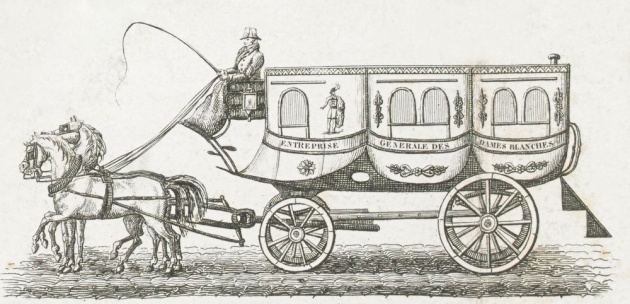
Humans' first means of transport were walking and swimming. The domestication of animals introduces a new way to lay the burden of transport on more powerful creatures, allowing heavier loads to be hauled, or humans to ride the animals for higher speed and duration. Inventions such as the wheel and sled helped make animal transport more efficient through the introduction of vehicles. Also water transport, including rowed and sailed vessels, dates back to time immemorial, and was the only efficient way to transport large quantities or over large distances prior to the Industrial Revolution.
The first forms of road transport were horses, oxen or even humans carrying goods over dirt tracks that often followed game trails. Paved roads were built by many early civilizations, including Mesopotamia and the Indus Valley Civilization. The Persian and Roman empires built stone-paved roads to allow armies to travel quickly. Deep roadbeds of crushed stone underneath ensured that the roads kept dry. The medieval Caliphate later built tar-paved roads. The first watercraft were canoes cut out from tree trunks. Early water transport was accomplished with ships that were either rowed or used the wind for propulsion, or a combination of the two. The importance of water has led to most cities, that grew up as sites for trading, being located on rivers or at sea, often at the intersection of two bodies of water. Until the Industrial Revolution, transport remained slow and costly, and production and consumption were located as close to each other as feasible.

The Industrial Revolution in the 19th century saw a number of inventions fundamentally change transport. With telegraphy, communication became instant and independent of transport. The invention of the steam engine, closely followed by its application in rail transport, made land transport independent of human or animal muscles. Both speed and capacity increased rapidly, allowing specialization through manufacturing being located independent of natural resources. The 19th century also saw the development of the steam ship, that sped up global transport.
With the development of the combustion engine and the automobile at the turn into the 20th century, road transport became more viable, allowing the introduction of mechanical private transport. The first highways were constructed during the 19th century with macadam. Later, tarmac and concrete became the dominant paving material. In 1903, the first controllable airplane was invented, and after World War I, it became a fast way to transport people and express goods over long distances.
Badami Bagh - Lari Adda Bus Stop - Lahore, Pakistan
After World War II, the automobile and airlines took higher shares of transport, reducing rail and water to freight and short-haul passenger. Scientific spaceflight was launched in the 1950s, with rapid growth until the 1970s, when interest dwindled. In the 1950s, the introduction of containerization gave massive efficiency gains in freight transport, permitting globalization. International air travel became much more accessible in the 1960s, with the commercialization of the jet engine. Along with the growth in automobiles and motorways, this introduced a decline for rail and water transport. After the introduction of the Shinkansen in 1964, high-speed rail in Asia and Europe started taking passengers on long-haul routes from airlines.Early in U.S. history, most aqueducts, bridges, canals, railroads, roads, and tunnels were owned by private joint-stock corporations. Most such transportation infrastructure came under government control in the late 19th and early 20th centuries, culminating in the nationalization of inter-city passenger rail service with the creation of Amtrak. Recently, however, a movement to privatize roads and other infrastructure has gained some ground and adherents.
Human-powered land vehicles
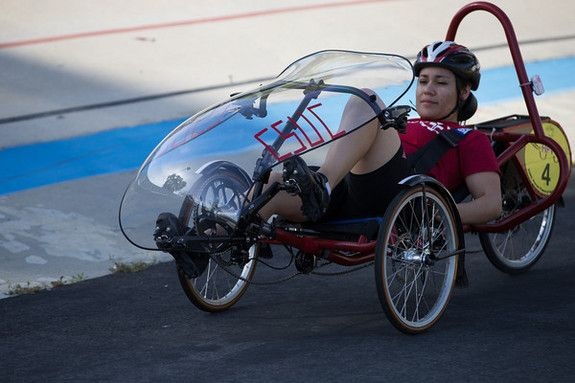
Human-powered transport is the transport of person(s) and/or goods using human muscle power. Like animal-powered transport, human-powered transport has existed since time immemorial in the form of walking, running and swimming. Modern technology has allowed machines to enhance human-power.
Although motorization has increased speed and load capacity, many forms of human-powered transport remain popular for reasons of lower cost, leisure, physical exercise and environmentalism. Human-powered transport is sometimes the only type available, especially in underdeveloped or inaccessible regions.
In the transport sector, walking and cycling transport are often grouped together under active transport, comparing to such other transport forms as public transport, or freight transport.
Skateboards have the advantage of being so small and light that users can easily carry them when not skating.
The most efficient human-powered land vehicle is the bicycle. Compared to the much more common upright bicycle, the recumbent bicycle may be faster on level ground or down hills due to better aerodynamics while having similar power transfer efficiency. In 2013, Dutch cyclist Sebastiaan Bowier pedaled a streamliner (a fully faired recumbent) for 200 m (660 ft) at 133.78 km/h (83.13 mph) in the Velox3 at Battle Mountain, Nevada.
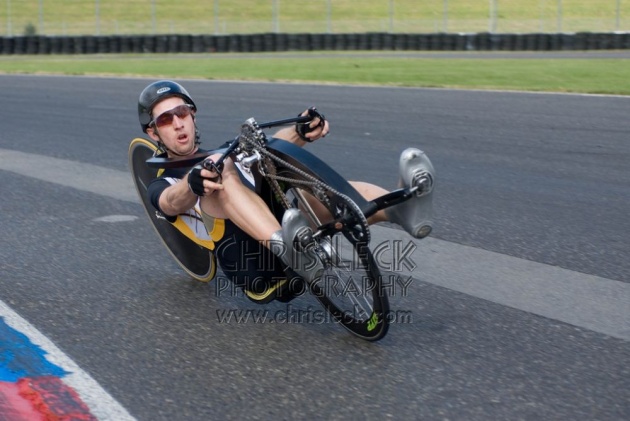
Velomobiles and cabin cycles are increasingly popular in colder and/or wetter countries due to the protection they offer against the environment. Freight bicycles are used as low-cost, zero-emission vehicles to haul cargo. Cycle rickshaws can be used as taxicabs.
Dutch cyclist, Fred Rompelberg set a 268.8 km/h (167.0 mph) speed record at the Bonneville Salt Flats in Utah on October 3, 1995 while cycling in the wake of a motor dragster pace-car. The wake of the pace-car reduced the aerodynamic drag against which Rompelberg pedalled to almost zero.
Greg Kolodziejzyk set two world records recognized by both the International Human Powered Vehicle Association and Guinness (TM) World Records on July 17, 2006 on a race track in Eureka, California. The first record is for the most distance traveled in 24 hours by human power 1,041 km (647 mi), and the second for the worlds fastest 1,000 km time trial (23 hours, 2 minutes). Both records were broken on August 6, 2010 by Christian von Ascheberg who drove 1,000 km in 19 hours, 27 minutes and managed to go 1219 km in 24 hours with his Milan SL Velomobile. In the same race he also raised the 12 hour record to 664,97 km, which is an average of 55,41 km/h.
In 1969, artists in a small Northern California town began the Kinetic sculpture race which has grown to a 42 mi (68 km), three-day all terrain, human-powered sculpture race and county wide event. It is held every year on the last weekend in May.
Animal-powered transport
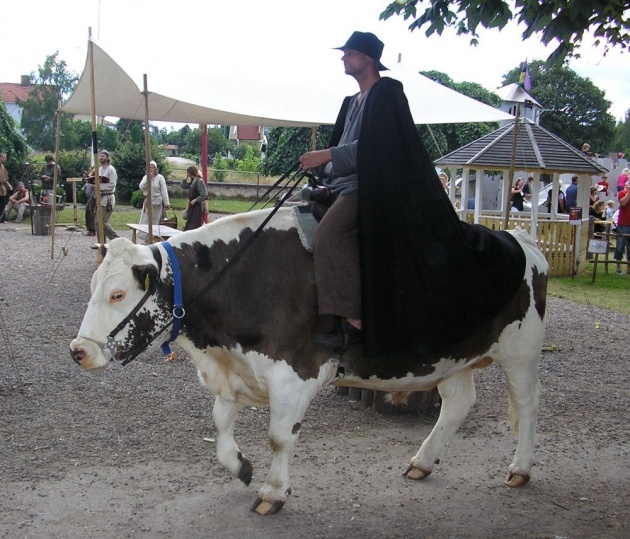
Animal-powered transport is a broad category of the human use of non-human working animals (also known as "beasts of burden") for the movement of people and goods.
Humans may ride some of the larger of these animals directly, use them as pack animals for carrying goods, or harness them, singly or in teams, to pull (or haul) sleds or wheeled vehicles.
Air
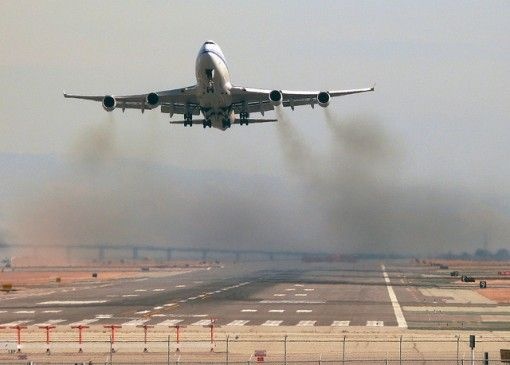
A fixed-wing aircraft, commonly called airplane, is a heavier-than-air craft where movement of the air in relation to the wings is used to generate lift. The term is used to distinguish this from rotary-wing aircraft, where the movement of the lift surfaces relative to the air generates lift. A gyroplane is both fixed-wing and rotary-wing. Fixed-wing aircraft range from small trainers and recreational aircraft to large airliners and military cargo aircraft.
Two things necessary for aircraft are air flow over the wings for lift and an area for landing. The majority of aircraft also need an airport with the infrastructure to receive maintenance, restocking, refueling and for the loading and unloading of crew, cargo and passengers. While the vast majority of aircraft land and take off on land, some are capable of take off and landing on ice, snow and calm water.
The aircraft is the second fastest method of transport, after the rocket. Commercial jets can reach up to 955 kilometres per hour (593 mph), single-engine aircraft 555 kilometres per hour (345 mph). Aviation is able to quickly transport people and limited amounts of cargo over longer distances, but incur high costs and energy use; for short distances or in inaccessible places helicopters can be used. As of April 28, 2009 The Guardian article notes that, "the WHO estimates that up to 500,000 people are on planes at any time
Pakistan has 148 airportsThe major airports are:
- Jinnah International Airport (Karachi)
- Allama Iqbal International Airport (Lahore)
- Benazir Bhutto International Airport (Islamabad/Rawalpindi)
- Peshawar International Airport (Peshawar)
- Quetta International Airport (Quetta)
- Faisalabad International Airport (Faisalabad)
- Multan International Airport (Multan)
- Sialkot International Airport (Sialkot)
- Gwadar International Airport (Gwadar)
- Shaikh Zayed International Airport (Rahim Yar Khan)
- New Islamabad International Airport is also under construction in Islamabad.
There are also several smaller airports which have flights to and from the Gulf because of the large Pakistani diaspora working in the region. There are 91 airports with paved runways of which 14 have runways longer than 3,047 meters. The remaining 48 airports have unpaved runways including one airport with a runway longer than 3,047 meters. Pakistan also has eighteen heliports.
SUMMARY
Transport is the movement of people, animals and goods from one location to another. Modes of transport include air, rail, road, water, cable, pipeline and space. The field can be divided into infrastructure, vehicles and operations. Transport is important because it enables trade between people, which is essential for the development of civilizations.
Humans' first means of transport were walking and swimming. The domestication of animals introduces a new way to lay the burden of transport on more powerful creatures, allowing heavier loads to be hauled, or humans to ride the animals for higher speed and duration. Inventions such as the wheel and sled helped make animal transport more efficient through the introduction of vehicles. Also water transport, including rowed and sailed vessels, dates back to time immemorial, and was the only efficient way to transport large quantities or over large distances prior to the Industrial Revolution.
Transport is a key necessity for specialization—allowing production and consumption of products to occur at different locations. Transport has throughout history been a spur to expansion; better transport allows more trade and a greater spread of people. Economic growth has always been dependent on increasing the capacity and rationality of transport. But the infrastructure and operation of transport has a great impact on the land and is the largest drainer of energy, making transport sustainability a major issue.
Transport is a major use of energy and burns most of the world's petroleum. This creates air pollution, including nitrous oxides and particulates, and is a significant contributor to global warming through emission of carbon dioxide, for which transport is the fastest-growing emission sector. By subsector, road transport is the largest contributor to global warming. Environmental regulations in developed countries have reduced individual vehicles' emissions; however, this has been offset by increases in the numbers of vehicles and in the use of each vehicle.[28] Some pathways to reduce the carbon emissions of road vehicles considerably have been studied.[31][32] Energy use and emissions vary largely between modes, causing environmentalists to call for a transition from air and road to rail and human-powered transport, as well as increased transport electrification and energy efficiency.
Transportation in Pakistan is extensive and varied but still in its developing stages and serving a population of over 170 million people. Construction of new airports, roads, and railway lines have led to an employment boost in the country. Much of Pakistan's road network (National Highways) and railway network were built before 1947, mainly during the British Raj. In recent years, new national highways have been built, with the addition of motorways which has accelerated trade and logistics within the country. Airports and seaports have been built within the last 30 years with the addition of foreign and domestic funding.



